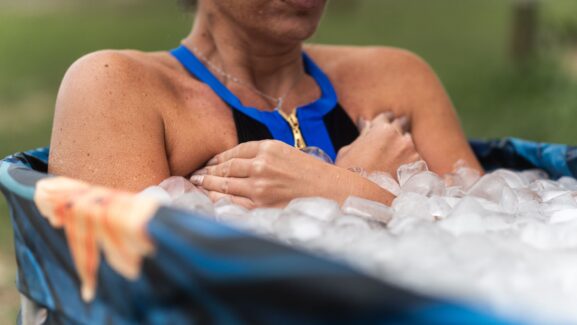Outdoor sports can be so physical that getting injured is natural. In 2024 alone, there are 4.4 million people treated for injuries involving sports and recreational activities.
Injuries may be common with such physical activities, but they may bring serious setbacks to your sports career. You must know about sports physical therapy for preventative and therapeutic purposes. They look at the biomechanical factors influencing the athlete and apply the necessary procedures to keep him in perfect physical condition.
Physical therapy is readily available across states in the country. For instance, North Carolina residents can go to a nearby Charlotte sports physical therapy facility to receive a wide range of athletic and coaching techniques. These spaces teach athletes to manage their conditions more independently to prevent their injuries from recurring.
What determines the exact treatment methods that would improve athletic performance?
The Role of Biomechanics in Injury Prevention
Athletes should learn the biomechanical principles related to their sport and apply this knowledge during training to reduce the risk of injury.
You may not know that your performance and injury risk are largely determined by your body’s movements and interaction with forces. From an application viewpoint, understanding the biomechanics of human motion allows you to get to know your movement patterns and then detect any weak points. This knowledge helps you move consciously so that with maximum efficiency, the body experiences little stress force in the muscles and slight discomfort in the joints.
Compare your performances with those of your teammates who have often taken biomechanics as their study area. With this mindset, your team becomes stronger as they work towards performing without injuries.
Incorporating biomechanical concepts into your life means prioritizing safety. Doing so fosters an environment that guarantees safety for all.
Customized Rehabilitation Programs for Athletes
Biomechanics provides solid basic knowledge about which to develop an individualized rehabilitation program for those in athletic training.
Each athlete’s journey is unique. This means your recovery plan is also unique and just for you. A sports physical therapist will assess your specific needs, goals, and movement patterns. The program takes into account your injury and enhances your overall performance.
The presence of professionals can bring support in what you think is a lonely journey. A customized program made of exercises and recovery strategies can help you return to sports in great health. Your trust with your therapist can also build confidence in the process of rehabilitation.
Techniques Used in Sports Physical Therapy
Sports physical therapy could involve various techniques. They are designed to restore strength and mobility, depending on the injury and its characteristics.
Manual therapy is an approach that uses the hands of the therapist. They massage, stretch, mobilize, or manipulate the human body to control pain and increase movement. This procedure may also include an ice application for inflammation or a heat application to expedite healing. Sometimes, electrical stimulation will also be used.
The intention behind these exercises is to stretch and strengthen you depending on what your body requires and its goal as an athlete. Balance and proprioception training may be followed to disturb your steadiness and coordination degrees.
All of these methods seek to heal any injuries you have sustained. It also restores your ability to actively contribute to your recovery. In application, these therapies and methods afford the individual the power to choose one’s own path to healing, imparting resilience to the body and building around its longevity in physical health.
Strengthening and Conditioning to Enhance Performance
Conditioning before actual training and competition is very important. All conditioning ought to aim to serve strength, power, and endurance pathways during training phases.
Agility training promotes socialization while building confidence among athletes. These forms of training constitute bonding experiences for athletes, with such activities being undertaken together.
Be mindful of your body and make adjustments in balance with life’s possibilities. When signs of pain come, ignoring them may lead to injury. Sports training is an experience shared between athletes, cementing the bonds among them.
Long-Term Strategies for Injury Prevention
Peak athletic performance is not conditional upon mere conditioning or strength. Having a comprehensive understanding of injury prevention is important. A career can last forever only if one can build up long-term strategies to maintain a healthy or resilient state.
Flexibility exercises and stretching should occupy an elevated place in your routine since they are important in maintaining joint range of motion. Do not ignore any sensations of pain or fatigue. This symptom is perhaps your body’s way of sending you a signal that something needs to be changed.
Cross-training should prevent repetitive stress and allow movement variation. Your sports physical therapist, considering your needs, will formulate a training program for you. If employed correctly, these measures create an environment that protects your well-being and then nurtures the very flow of sport.
DISCLAIMER: The Site cannot and does not contain medical / health advice. The medical / health information is provided for general informational and educational purposes only and is not a substitute for professional advice. Accordingly, before seeking any form of medical advice, diagnoses or treatment based upon such information, we encourage you to consult with your GP or other qualified health practitioner. You must never disregard professional medical advice or delay in seeking it because of something mentioned on this Site. The use or reliance of any information contained on the Site is solely at your own risk.



